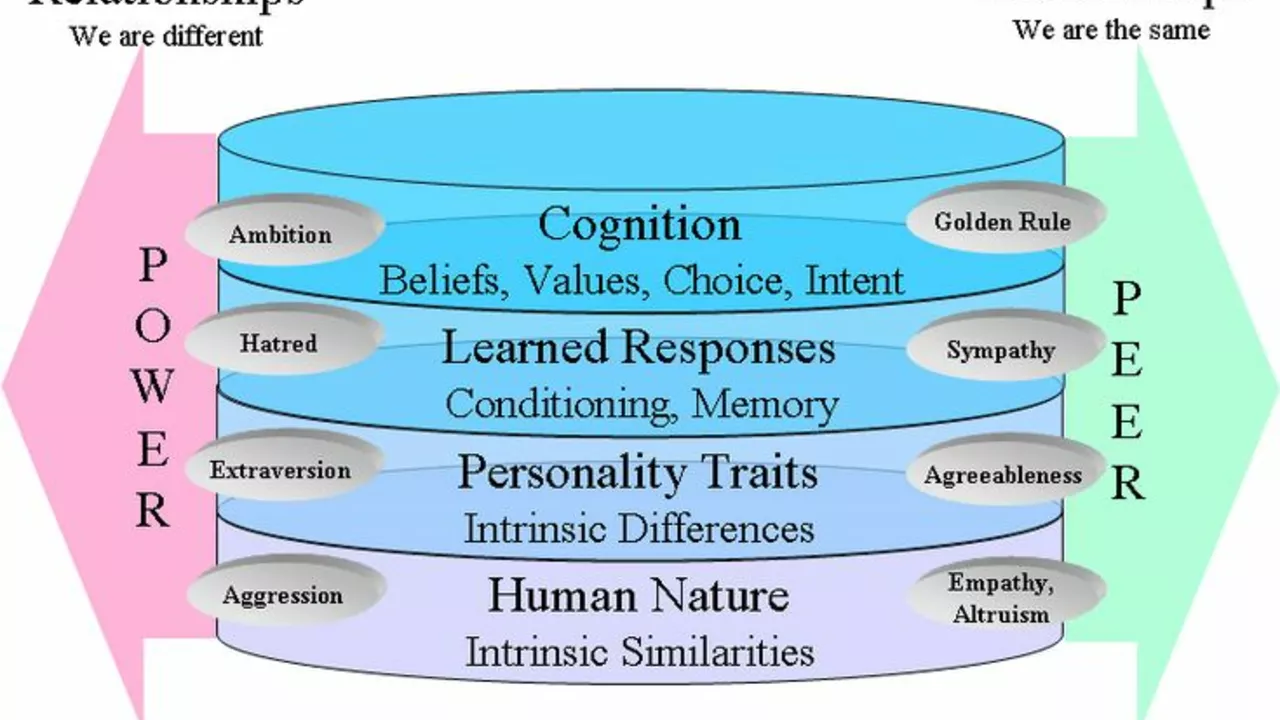Cultural Differences in Soccer: Why the Game Feels Different Everywhere
Ever wonder why a match in Brazil feels like a party while a game in England feels like a battle? It’s not just the weather or the stadium size – it’s the culture behind the sport. Different countries bring their own habits, music, food, and even ways of playing to soccer, and that makes every match feel fresh.
When you watch a game, you’re not just seeing 22 players chasing a ball. You’re seeing a snapshot of the place they come from. From the chants that echo in the stands to the tactics drawn up on the locker room chalkboard, soccer mirrors the daily life, history, and values of its fans.
Fan Traditions Across Continents
In South America, especially Brazil and Argentina, fans treat a match like a carnival. Drums, bells, and colorful flags fill the air. You’ll hear the whole stadium singing the same song for 90 minutes, and every goal is celebrated with fireworks. The vibe is loud, bright, and always moving.
Cross the Atlantic to Europe, and you’ll notice a more organized approach. In England, you’ll hear a mix of old club chants and modern pop songs. In Italy, fans bring a theatrical flair – waving huge banners, lighting flares, and even cooking meals in the stands. The level of detail shows how deeply the club is tied to the city’s identity.
North America mixes sport with spectacle. In the U.S., halftime shows often include entertainment acts, and fans might bring BBQ grills to tailgate before the match. The emphasis is on family fun and community gathering, reflecting the broader American sports culture.
Playing Styles Shaped by Culture
Because of these cultural roots, teams develop distinct playing styles. Spanish clubs favor short passes and ball possession – a style called “tiki‑taka.” It mirrors the country’s love for intricate art and strategic thinking.
German teams focus on discipline, physical fitness, and quick transitions. That reflects Germany’s reputation for precision and efficiency. You’ll see players moving as a unit, each knowing exactly when to press or drop back.
In Africa, the game is often about raw speed and improvisation. Players rely on natural talent, quick footwork, and a knack for creating chances on the fly. The style shows how many communities turn soccer into a way to express joy despite limited resources.
Even within a continent, you’ll find variations. In England, the Premier League is known for its fast pace and strong physicality, while the lower leagues often emphasize local rivalries and community spirit.
All these differences matter for fans and players alike. If you’re traveling to watch a match, knowing a bit about the local culture can make the experience richer. You’ll understand why a certain chant gets the crowd on their feet or why a team prefers a defensive setup.
So next time you tune in, ask yourself: what’s the story behind the screams, the songs, and the tactics? The answer will always lead back to the culture that raised the team.
At United Soccer Supporters, we love digging into these stories. Whether you’re a longtime fan or new to the game, learning about cultural differences helps you connect deeper with the sport you love.

Why do some people hate the term 'soccer'?
by Caspian Montgomery / 29 Jul 2023Well, you see, the term 'soccer' can really grind some gears and no, it's not because it's hard to spell or pronounce! Many folks, especially those from countries steeped in football culture (lookin' at you, UK), believe the term disrespects the sport's heritage. They argue that it should be called 'football', as it was originally named. But hey, don't get your jerseys in a twist! Remember, whether you call it 'soccer' or 'football', the game's all about having fun, right? So let's kick this argument into touch and just enjoy the match!

